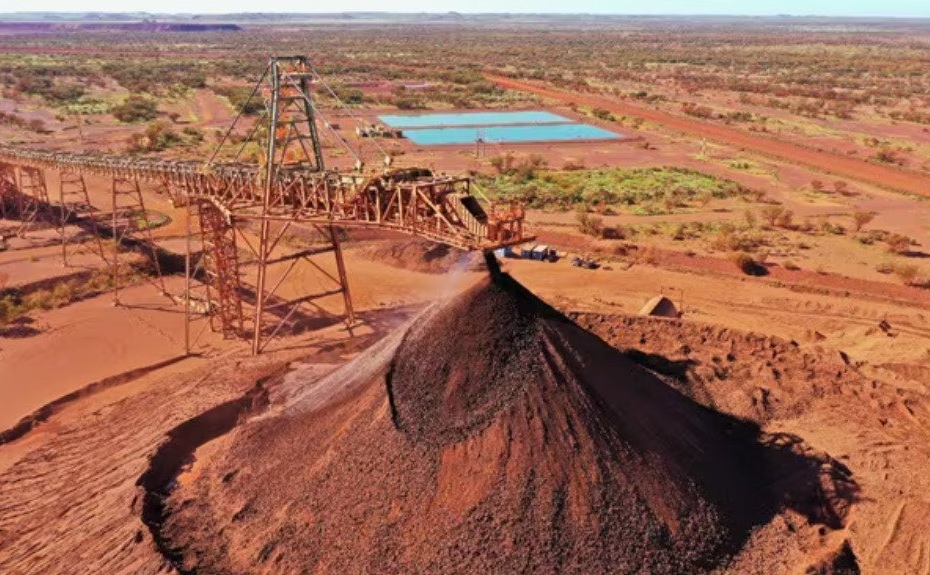BHP Group, the world’s largest listed miner, considered spinning off its Australian iron ore and coal divisions. The move is part of a medium-term growth strategy focused on future-facing commodities like potash and copper. Three sources with knowledge of the matter revealed the consideration.
The potential spin-off would echo BHP’s 2015 decision to create South32. An Australian listing is most likely, according to two of the sources. The company aims to green its business while pursuing growth opportunities. This includes a bid for Anglo American in 2023 and 2024, the sources said, requesting anonymity due to the sensitive nature of the issue. BHP declined to comment.
Separating iron ore and coal would transform BHP, ending more than half a century of iron ore mining in Australia. The division generates about 60% of BHP’s profits. Unbundling these assets would also reduce BHP’s carbon exposure. However, BHP would retain its South Australian copper assets, supporting its strategy to supply metals needed for the energy transition.
Also Read: AngloGold Ashanti Expands Exploration in Australia
Focus on Future-Facing Commodities
The discussions reflect the scale of transformation BHP would consider to reposition for the future. Former National Australia Bank head Ross McEwan became BHP’s new chair this week, replacing Ken MacKenzie. The company is also preparing for a leadership transition as the search begins for a successor to CEO Mike Henry, now in his fifth year. CFO David Lamont stepped down from his role in February 2024.
“The whole strategy is contingent on copper and potash being self-sustaining businesses, both of which have large capital requirements for at least the next five years,” one of the sources said.
BHP decided not to proceed with the spin-off for now. The company still needs cash flow from the iron ore and coal divisions to fund capital spending at its Escondida copper complex in Chile and the Jansen potash development in Canada.
The idea of a spin-off remains attractive to investors. It could generate cash and franking credits that benefit Australian taxpayers. The spin-off could create opportunities for new combinations, such as with Teck Resources.
BHP’s failure to purchase Anglo American complicated the plan. The acquisition would have strengthened BHP’s copper business and improved cash flow. As many corporations ease off environmental goals, BHP’s incentive to green its business has also weakened. This suggests the spin-off may be delayed further.
“Ultimately, they decided it was not the right time because BHP still required the huge amounts of cash generated by the two Australian divisions to fund capital spending,” one source explained.
The transformation is on hold, but the idea remains a key part of BHP’s long-term strategy to focus on future-facing commodities.

